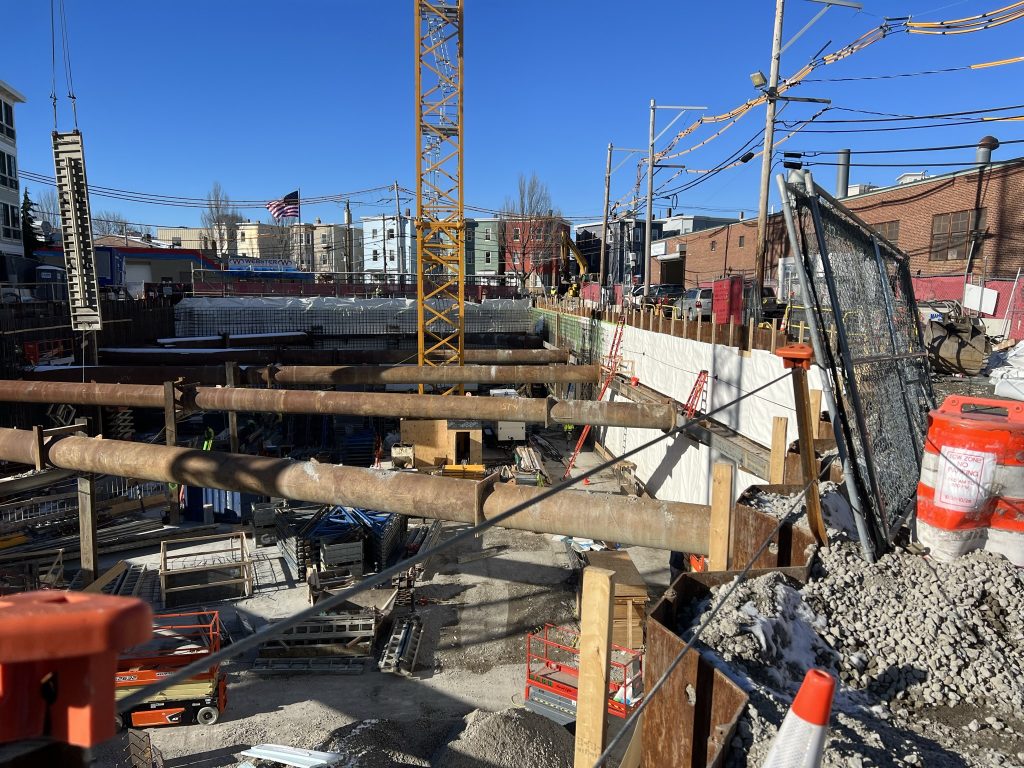Below-Grade Waterproofing: The Details Matter

When below-grade leakage occurs, it is often too late to directly address the root causes and can be very costly to repair, with limited options available to address subterranean leakage. Not only are below-grade leaks costly, time consuming, and challenging to address, but the waterproofing often cannot be accessed for direct repair except by extensive excavation, which may not always be an option. We are seeing more high-risk, sensitive spaces, such as vivariums, labs, medical offices, or spas, located within below-grade portions of buildings. How can we design and ensure that the below-grade waterproofing installation will remain continuous and prevent leakage to these sensitive spaces before it is too late? And if leaks do occur, how can we best address and stop the leakage without requiring extensive excavation?
The topic of below-grade leaks is not new. Throughout the years many experts have opined on this subject and provided recommendations and strategies regarding best practices for below-grade waterproofing, including ourselves; for example, refer to “Hard Lessons Learned: A Lack of Planning often Leads to Waterproofing Woes” by Michael Louis in Applicator in spring of 2011. However, despite all these efforts, below-grade waterproofing remains a complex challenge, mainly due to the coordination that is required by various trades coming together (geotechnical, structural, waterproofing, etc.). Through several case studies, we will share hard lessons learned on appropriate considerations during design and installation to avoid widespread leakage into below-grade spaces and discuss best practices related to waterproofing membrane system selection and configuration; contract documents scope development; and construction phase monitoring, as well as investigation strategies, if leakage does occur. We will discuss how to appropriately select the ideal waterproofing membrane system and configuration, and the significance of providing detailing for critical transitions, typical penetrations, and other conditions that should be coordinated with the contractor early on to best maximize the success of the below-grade waterproofing installation. Lastly, we will review the available options to investigate, diagnose, and help mitigate below-grade leakage.
The site conditions, such as location of the groundwater table, surface water conditions, landscaping, support-of-excavation strategy, and structural configuration of the below-grade structure all influence the decision for the appropriate waterproofing system to protect the below-grade space. Once selected, the waterproofing membrane system should be appropriately detailed in the contract documents to holistically address project-specific conditions and avoid reliance on manufacturer standard details, which may be appropriate for simple details but often are not coordinated with custom configurations that inevitably occur for each project. Once selected and detailed, verification is key to the success for any waterproofing installation and is particularly important for below-grade waterproofing because once backfill and overburden have been installed, the waterproofing is no longer accessible to implement any repairs that may be required to maintain a continuous and watertight installation. Mitigation is very challenging after the fact, and there are limited options available for owners to address below-grade waterproofing leaks.
Publisher
Applicator